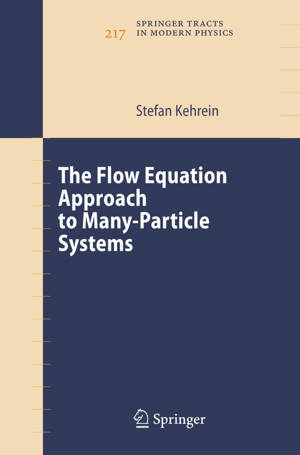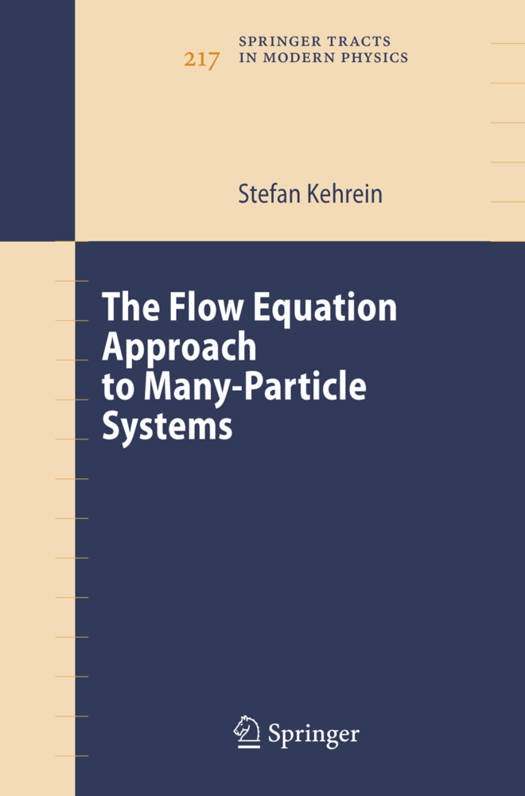
- Afhalen na 1 uur in een winkel met voorraad
- Gratis thuislevering in België vanaf € 30
- Ruim aanbod met 7 miljoen producten
- Afhalen na 1 uur in een winkel met voorraad
- Gratis thuislevering in België vanaf € 30
- Ruim aanbod met 7 miljoen producten
Zoeken
Omschrijving
Overthepastdecade, the?owequationmethodhasdevelopedintoanewv- satile theoretical approach to quantum many-body physics. Its basic concept was conceived independently by Wegner [1] and by G lazek and Wilson [2, 3]: the derivation of a unitary ?ow that makes a many-particle Hamiltonian - creasingly energy-diagonal. This concept can be seen as a generalization of theconventionalscalingapproachesinmany-bodyphysics, wheresomeult- violet energy scale is lowered down to the experimentally relevant low-energy scale [4]. The main di?erence between the conventional scaling approach and the ?ow equation approach can then be traced back to the fact that the ?ow equation approach retains all degrees of freedom, i. e. the full Hilbert space, while the conventional scaling approach focusses on some low-energy subspace. One useful feature of the ?ow equation approach is therefore that it allows the calculation of dynamical quantities on all energy scales in one uni?ed framework. Since its introduction, a substantial body of work using the ?ow eq- tion approach has accumulated. It was used to study a number of very d- ferent quantum many-body problems from dissipative quantum systems to correlated electron physics. Recently, it also became apparent that the ?ow equation approach is very suitable for studying quantum many-body n- equilibrium problems, which form one of the current frontiers of modern theoretical physics. Therefore the time seems ready to compile the research literature on ?ow equations in a consistent and accessible way, which was my goal in writing this book.
Specificaties
Betrokkenen
- Auteur(s):
- Uitgeverij:
Inhoud
- Aantal bladzijden:
- 172
- Taal:
- Engels
- Reeks:
- Reeksnummer:
- nr. 217
Eigenschappen
- Productcode (EAN):
- 9783642070532
- Verschijningsdatum:
- 22/11/2010
- Uitvoering:
- Paperback
- Formaat:
- Trade paperback (VS)
- Afmetingen:
- 156 mm x 234 mm
- Gewicht:
- 267 g

Alleen bij Standaard Boekhandel
+ 316 punten op je klantenkaart van Standaard Boekhandel
Beoordelingen
We publiceren alleen reviews die voldoen aan de voorwaarden voor reviews. Bekijk onze voorwaarden voor reviews.











